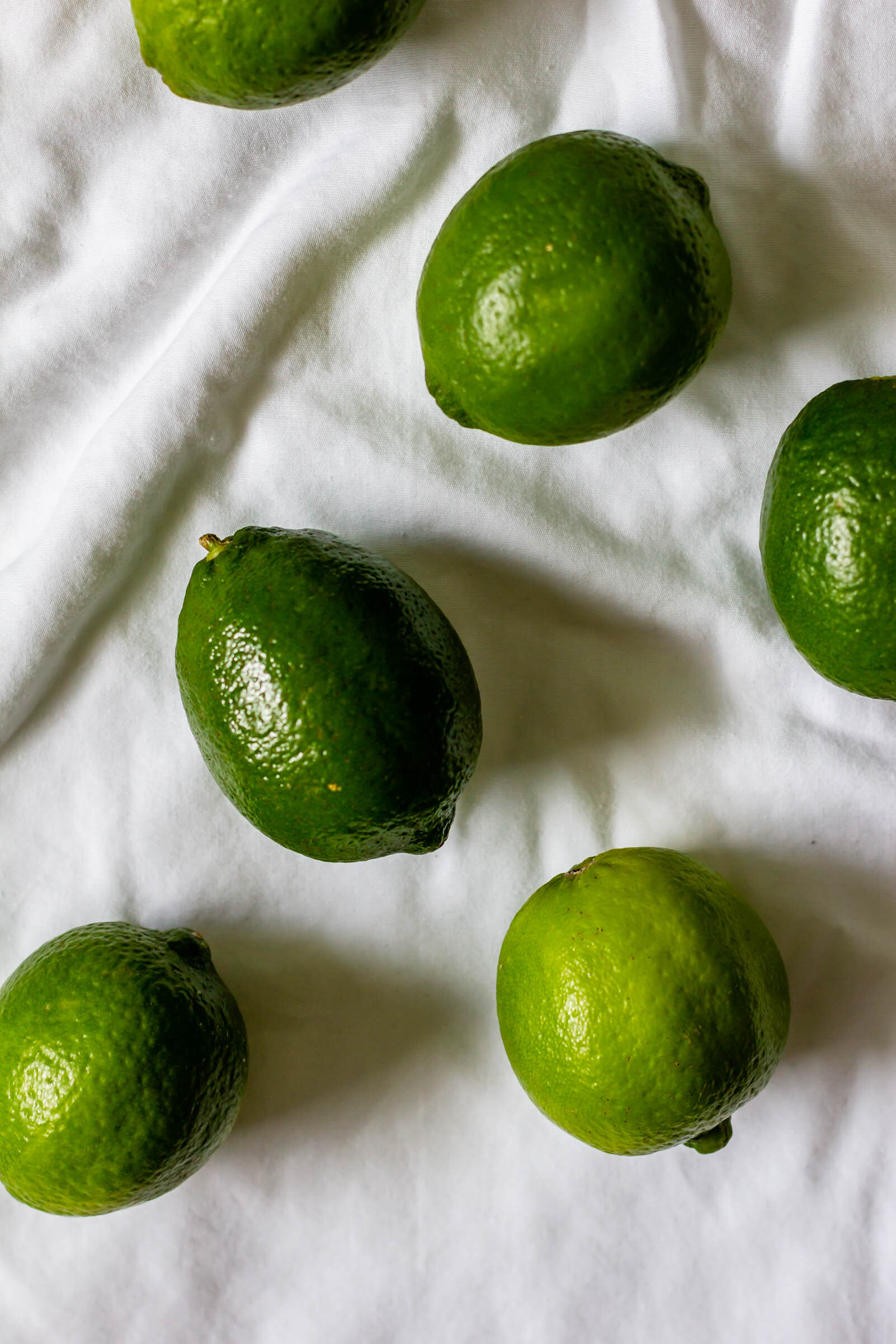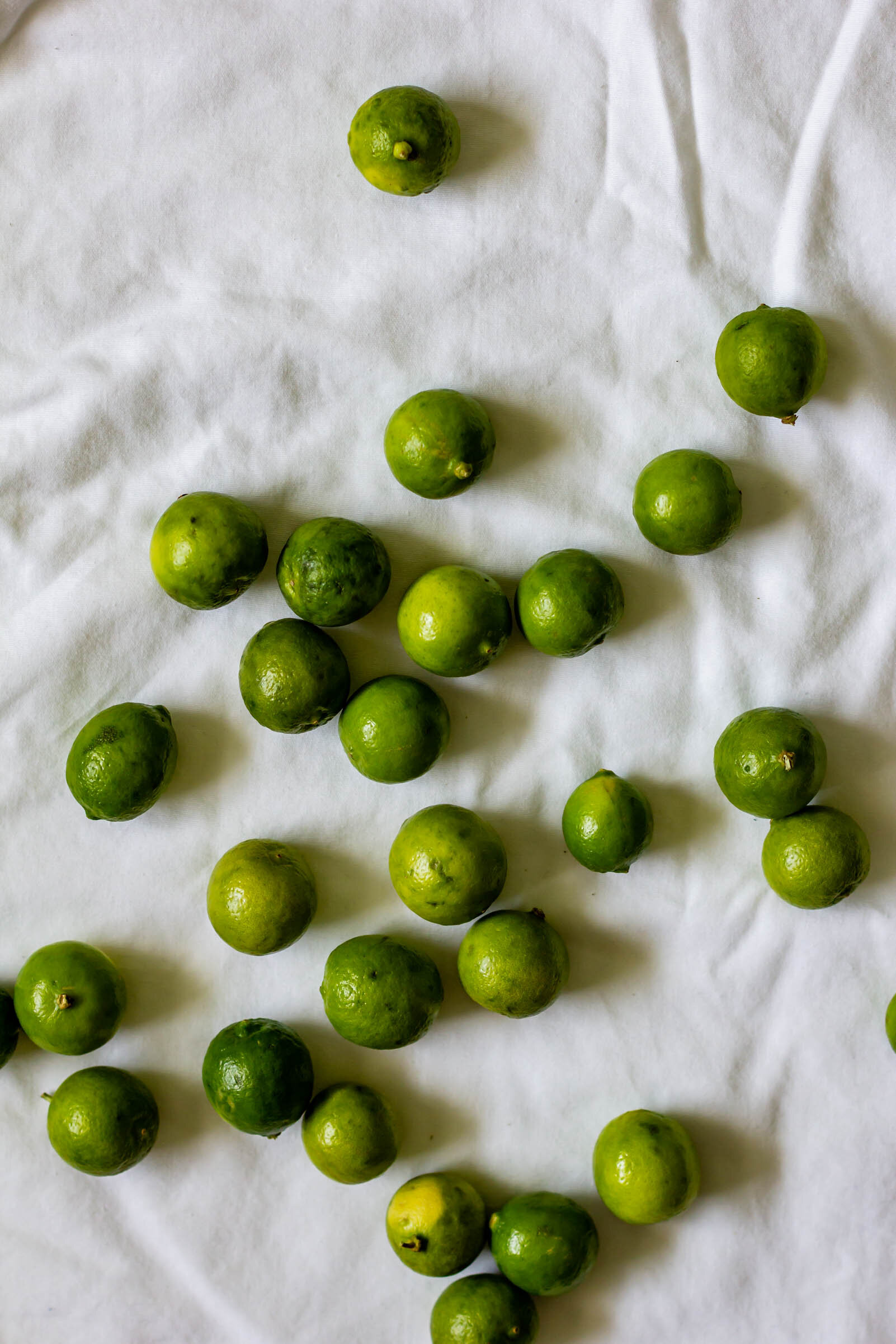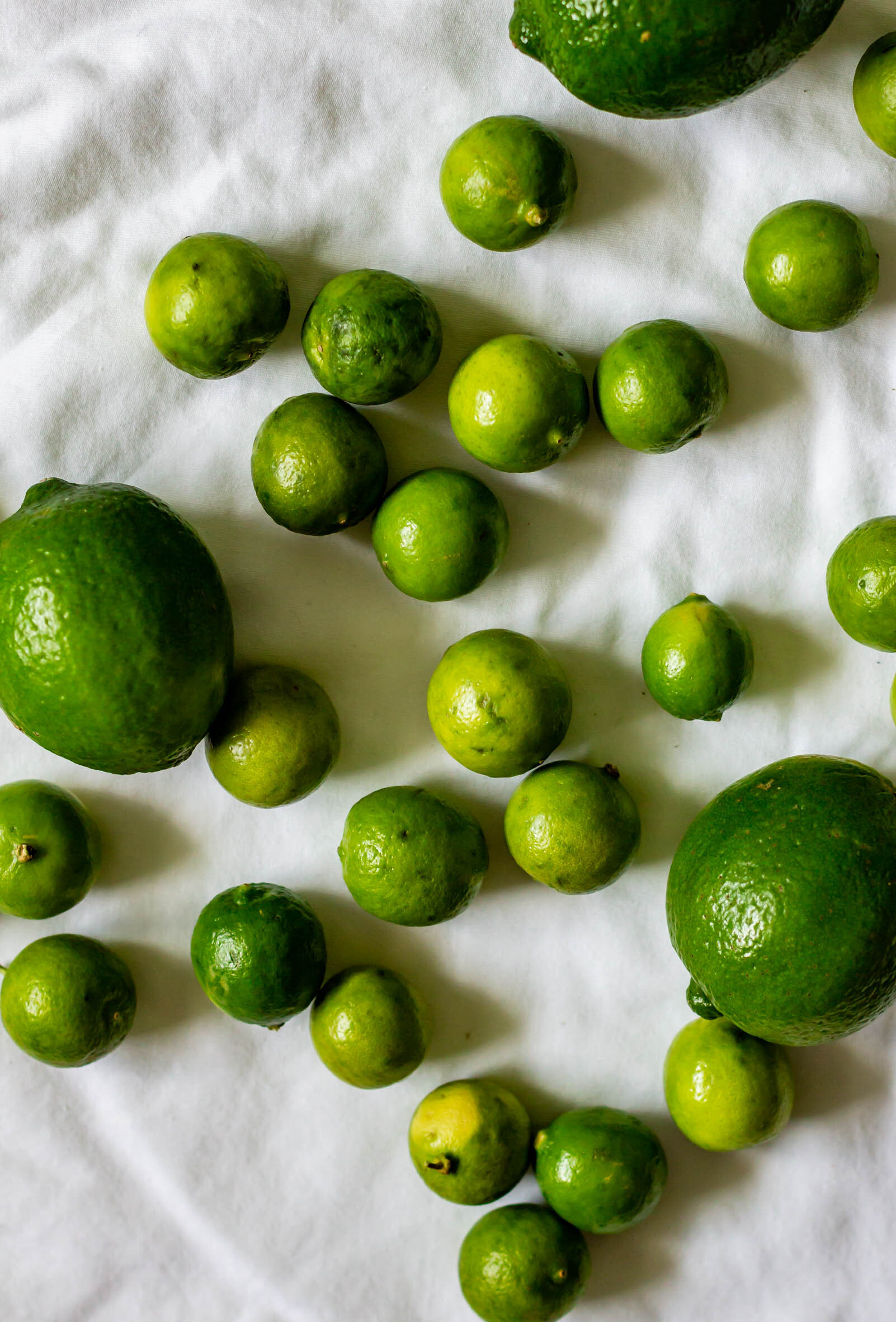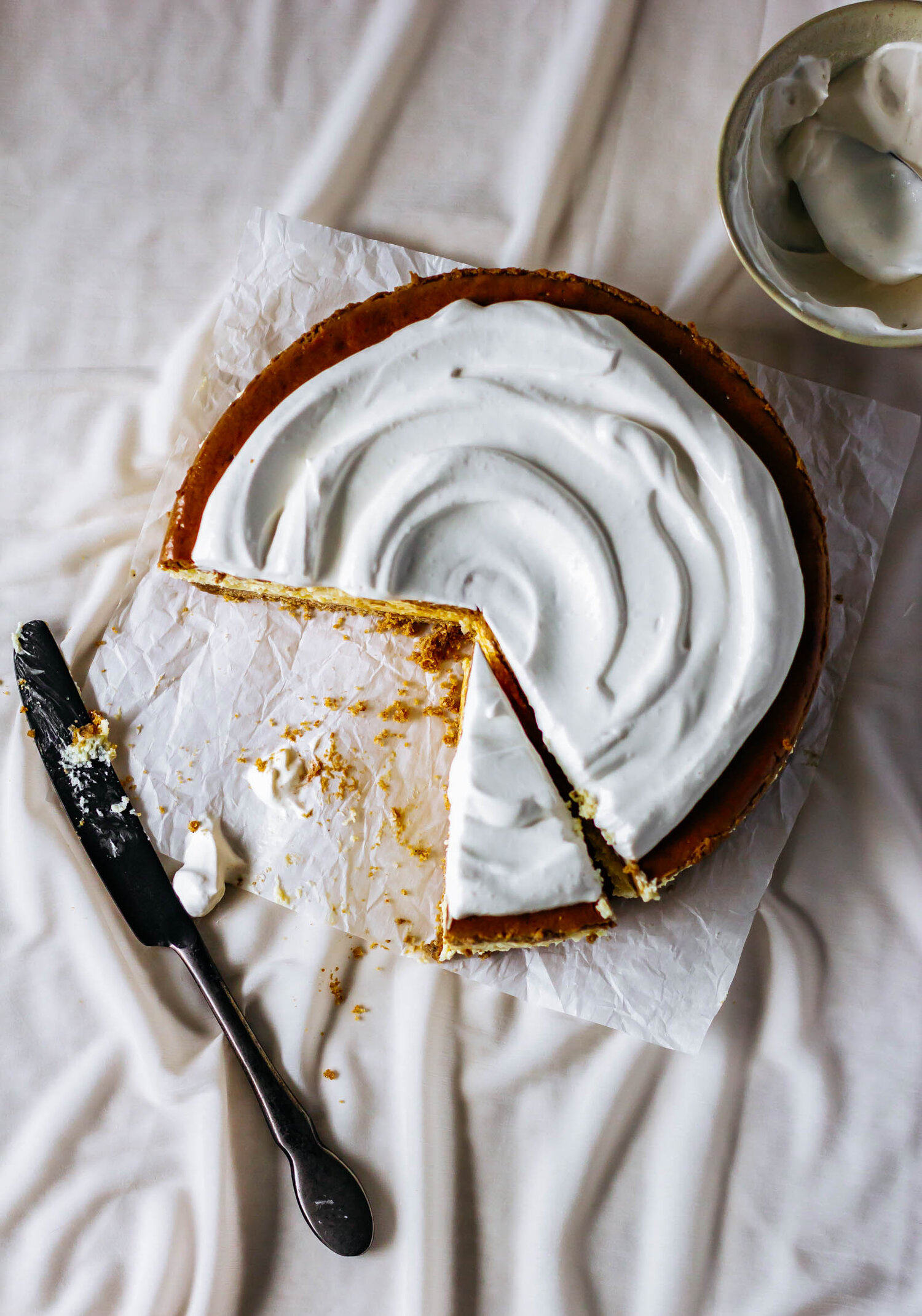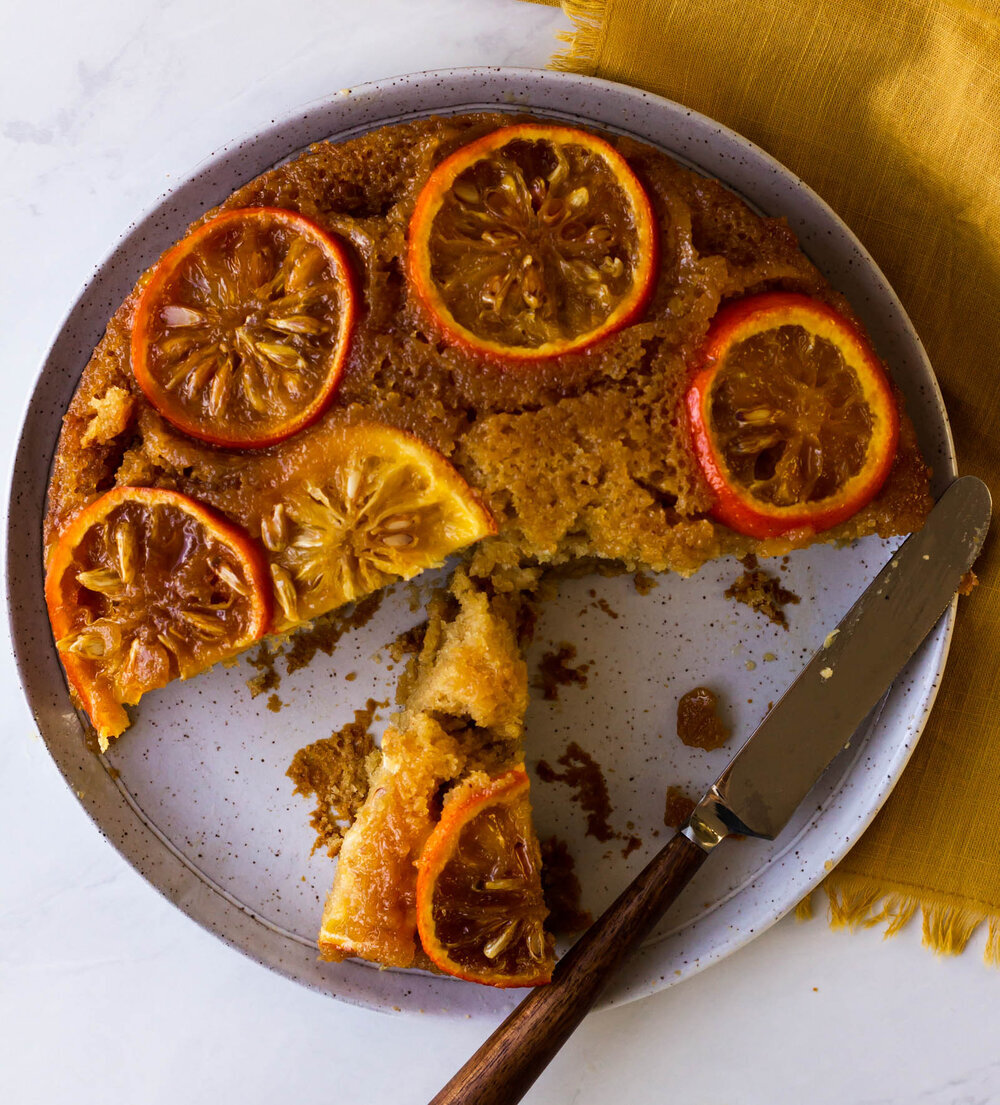Key Lime Pie
/Inspired by the Atlantic Beach Pie, this tart key lime pie features a salty potato chip crust filled with a tangy key lime and sweetened condensed milk custard.
Ah, key lime pie. When I was a kid, there was a period of about two years where we regularly dined at a fish house called Catfish Dewey’s. At least once a month, on a Friday night, we would make the 20 minute trek all the way out to Oakland Park and sit on a bench outside of a rickety wooden trailer for 40 minutes while we waited for a table in a dimly lit dining room with creaky floorboards. We sat at tables covered in plastic checkered table cloths with little packages of salad crackers, aka appetizers, eating our weight in crab legs (which now as an adult I realized are not cheap at all and I see that my parents were saints for letting their children eat so many). And finally, the meal always ended with key lime pie. My dad isn’t much of an “order dessert at a restaurant” kind of guy, but he always made an exception for the key lime pie at Catfish Dewey’s. It was very basic, tart and creamy, topped with whipped cream and exactly how a true Florida key lime pie should be.
key limes vs limes: what is the difference?
Does it matter which one you use? Can you make key lime pie without key limes? Let’s dive in.
Key limes, also known as Mexican limes or West Indian limes, are small, vibrant limes and their juices are slightly tart and very floral. Back in the early 1900s, they were grown all over Florida, especially in the Key’s (hence the name Key Limes) and because of the alkaline soil and hearty rains, these little flavorful limes flourished in Florida. They were bright and juicy and well-rounded. In the 1920s, hurricanes wiped out a lot of the key lime groves around Florida and farmers replaced them with Persian lime trees, which are those big, dark green limes we find in the grocery store. Because Persian limes are now more widely grown, they are much more accessible and a lot of the key limes found in the United States are grown in Mexico and don’t necessarily have that je ne sais quoi that the original Florida key limes possessed.
Lucky for me, living in the Sunshine State, it’s a little easier to get your hands on key limes grown in Florida. They are more expensive than their more accessible Persian counterparts and because of their petit size, they yield less juice, but if you are able to get your hands on some, I recommend using them. Even using real key lime juice for half of the amount of lime juice called for will give your key lime pie that traditional balanced tartness that a true key lime pie is known for. That being said, if you aren’t able to find key limes from Florida and don’t want to spend a billion dollars for that bottle of key lime juice you found on Amazon, big green Persian limes will do the trick and save a couple of dollars.
how to make swiss meringue:
You can use the leftover egg whites to make an easy peasy Swiss meringue for topping your pie. All you need is egg whites and sugar. Culinary school says that Swiss meringue ratios are usually one part egg whites to two parts sugar, but I sometimes go for a 1:1.5 ratio. I usually start with about 60 grams egg whites (from about 2 eggs) and about 100 grams granulated sugar. Combine whites and sugar in a heat-proof bowl and set over a double-boiler. Cook, whisking frequently until the mixture is hot to the touch and sugar has completely dissolved. Transfer to the bowl of a stand mixer and whip on medium-high speed until cooled, thick, and glossy. Pipe or swirl it on top of your pie and use a blow torch (carefully) to get those pretty toasted edges.
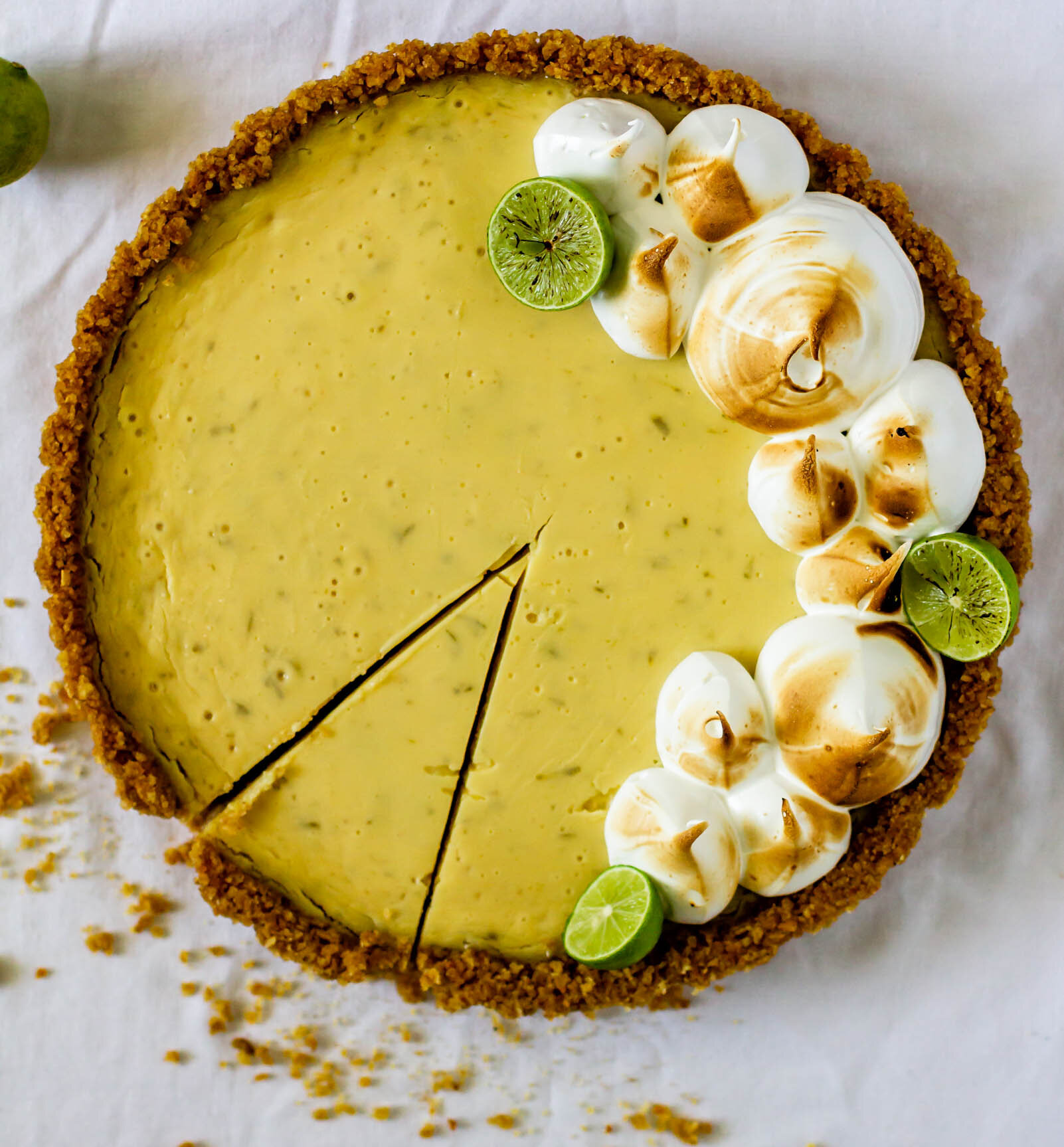
Key Lime Pie with Potato Chip Crust
Ingredients
- 4 T unsalted butter
- 8 oz kettle-cooked potato chips
- 1/2 cup whole wheat flour
- 4 egg yolks
- 1 can (14 oz) sweetened condensed milk
- 3/4 cup lime/key lime juice
- zest of 1 lime
- pinch of salt
Instructions
- Preheat oven to 350° F.
- In a small saucepan, melt butter over medium heat. Cook, swirling occasionally, until butter begins to foam and turn light amber in color and the milk solids begin to brown. The butter should smell nutty and fragrant. Remove from heat and immediately transfer to a small bowl to prevent burning. Cool to room temperature.
- Meanwhile, place potato chips in the bowl of a food processor. Pulse for about 30 seconds until finely ground. Add flour, and pulse once or twice more to combine.
- With the food processor on, slowly stream in browned butter and mix until the crumb begins to hold together.
- Pour crust into tart pan and firmly press it along the bottom and up the sides of the pan. (It may be a little crumbly, but should hold together when pressed.)
- Bake for 15 minutes, rotating halfway through, until the edges are golden brown. Remove from oven and cool completely.
- In a large bowl, combine egg yolks, sweetened condensed milk, key lime/lime just, zest, and salt. Whisk until smooth and homogenous. (If you have time, transfer the filling to a airtight container and refrigerate overnight. This allows the air bubbles to settle and makes for a smoother pie.)
- When you are ready to bake. Preheat the oven to 300° F and pour filling into your prepared crust. Set tart pan on a baking sheet inside the oven and bake for 40-45 minutes until filling is set, and has a slight jiggle when gently shaken. Remove from oven and let cool completely before transferring to the refrigerator to chill.
- Top with whipped cream or toasted Swiss meringue and enjoy!
Notes:
I wanted a sweet and salty combination so I went for a potato chip crust. If you are feeling a little more traditional, you can always substitute the potato chip crust for a graham cracker crust (either homemade or store-bought). Because graham crackers contain gluten and potato chips do not, simply substituting graham crackers for the potato chips in this recipe will not work. You can google a graham cracker crust recipe or fly by the seat of your pants and combine graham cracker crumbs with a little sugar and enough melted butter to make it hold together.




